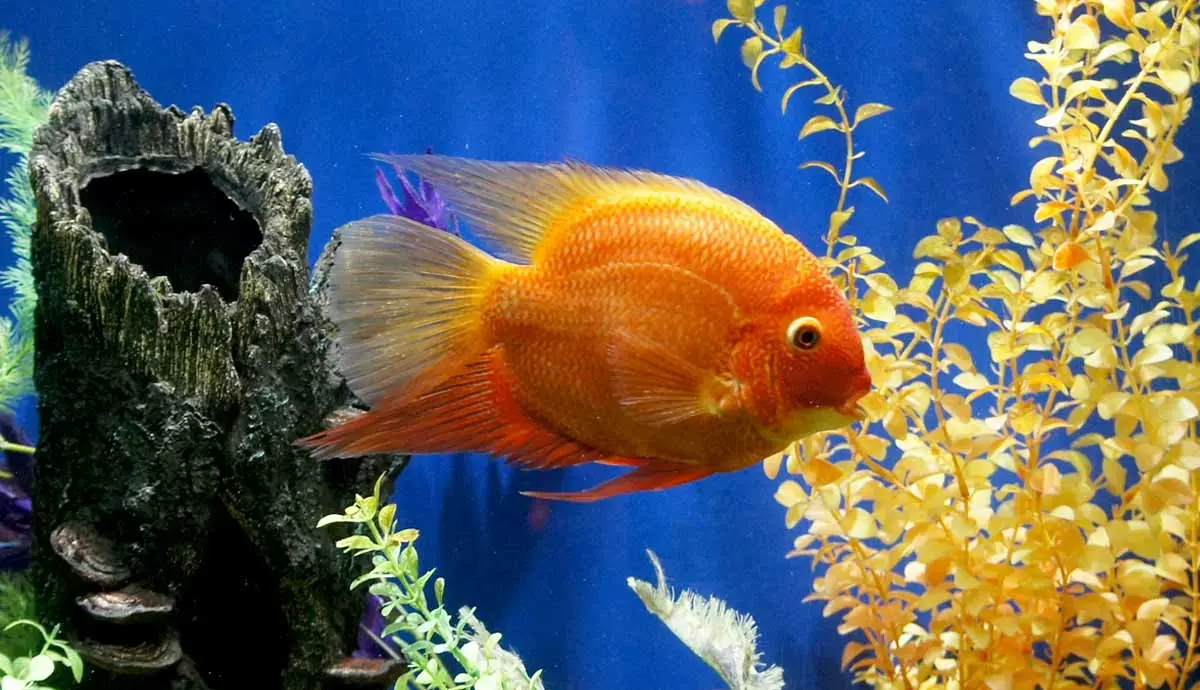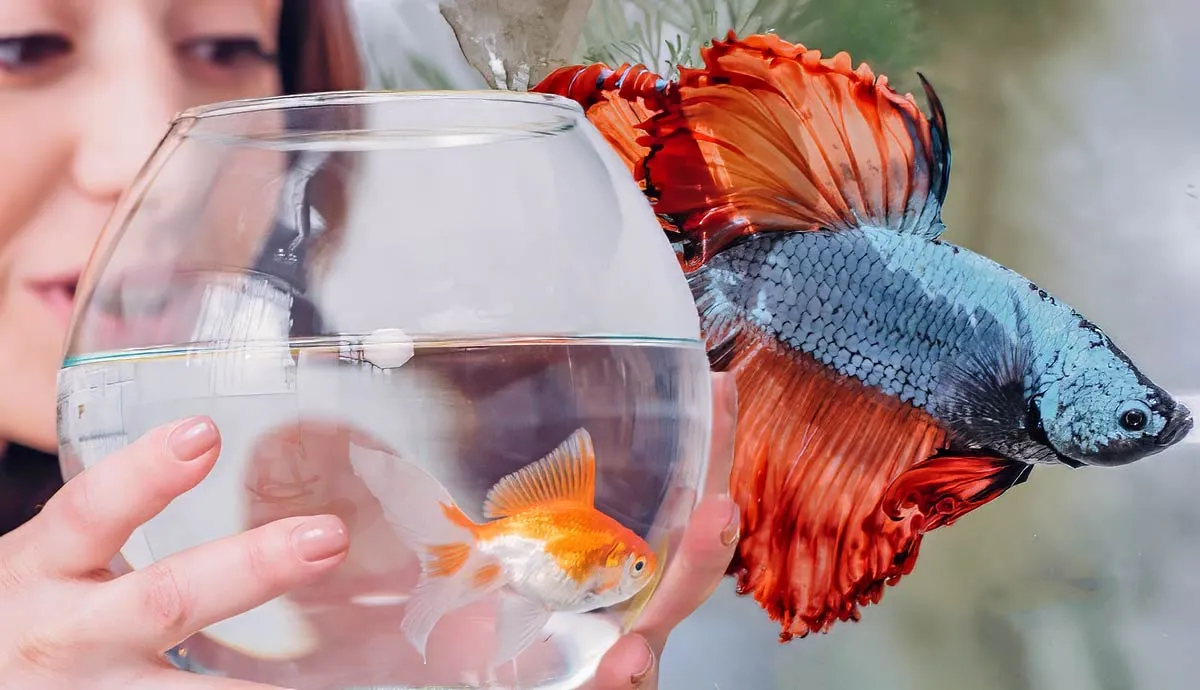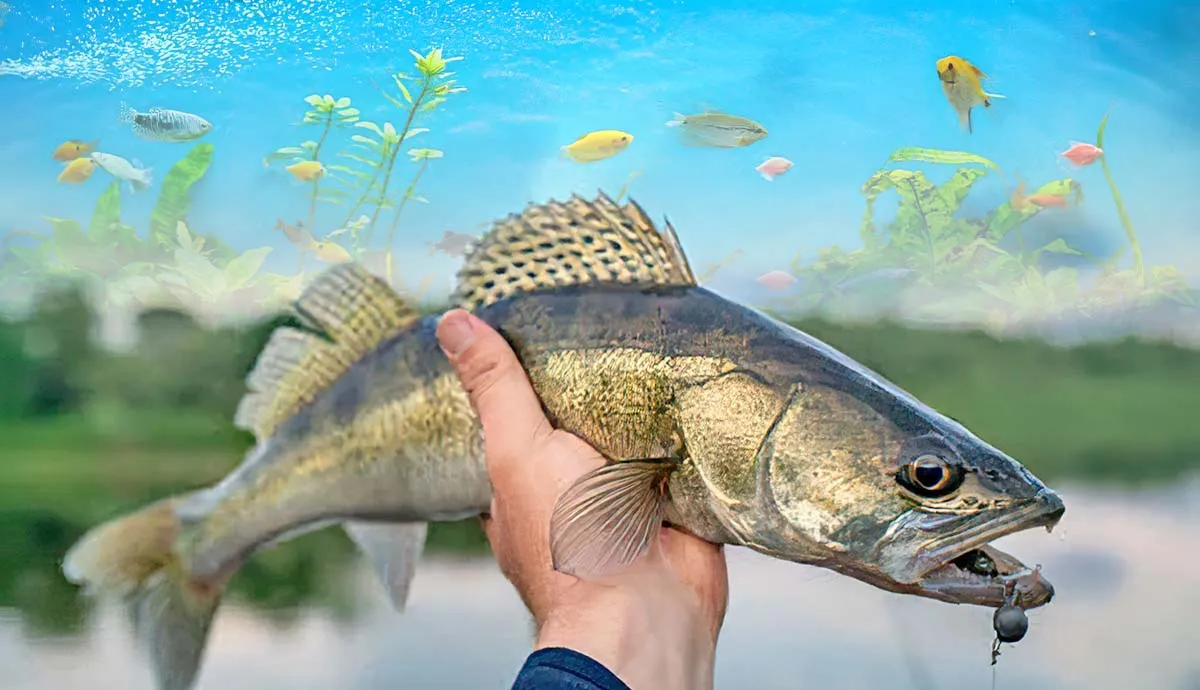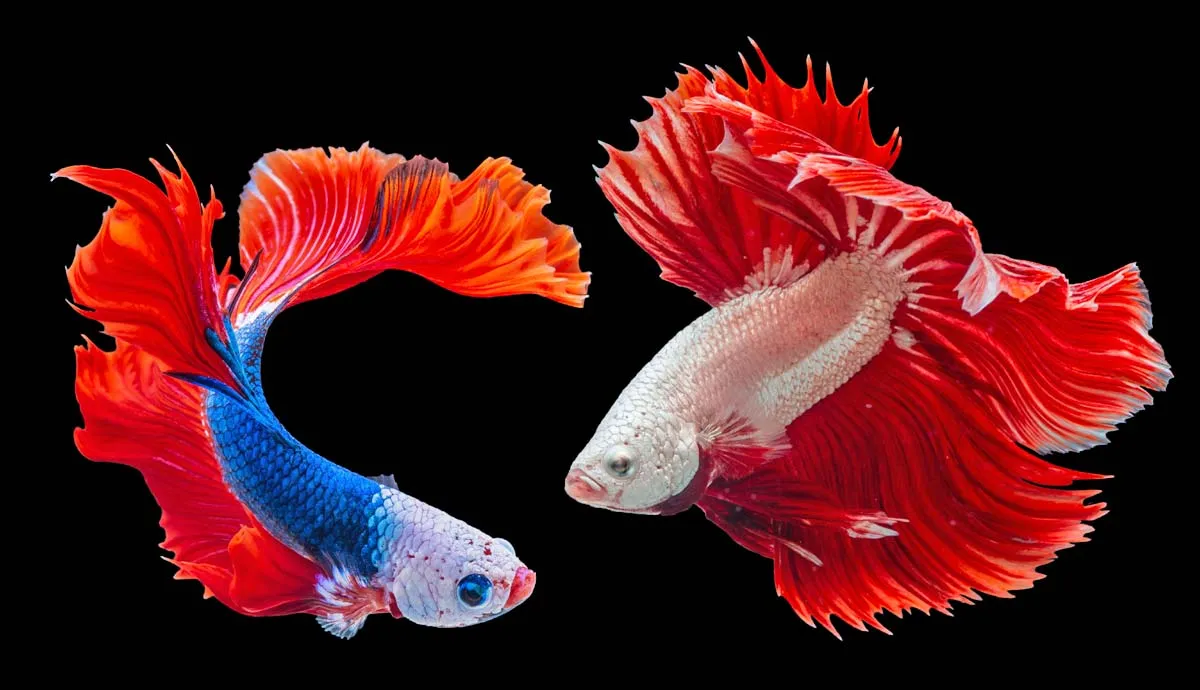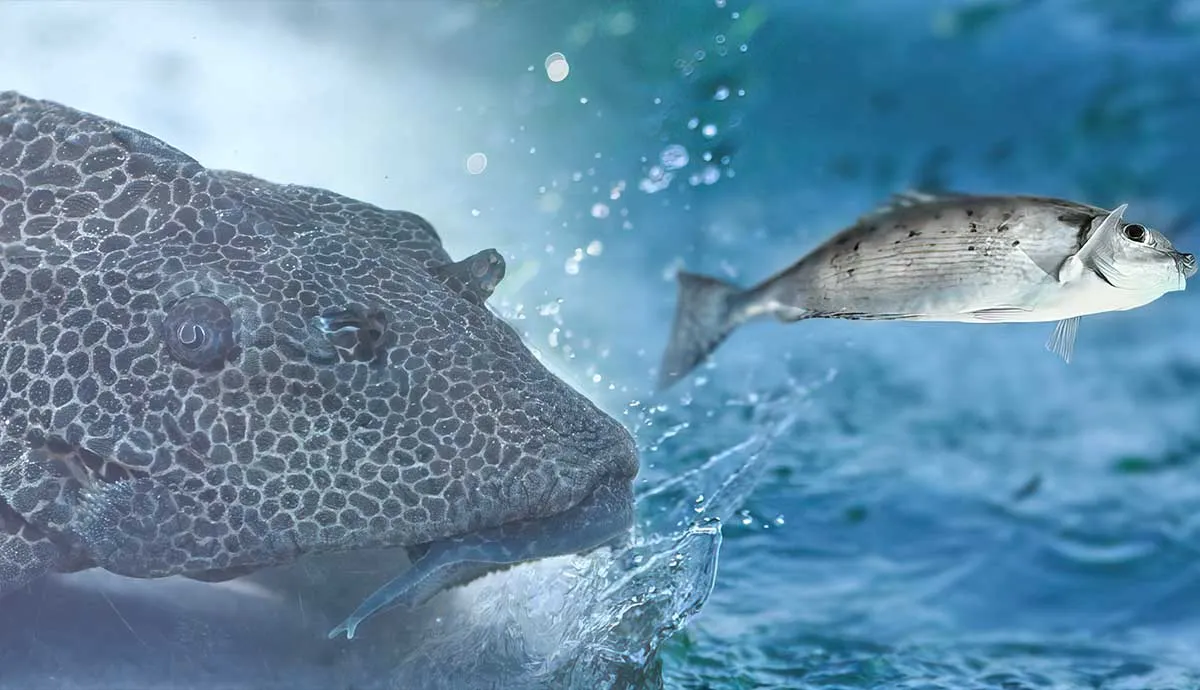Fish don’t express themselves like you and me, but they have a range of feelings and emotions. While it might not always be easy to see when a fish is bored and unhappy, they experience these feelings. Therefore, it’s crucial for a fish’s mental and physical health that they live in a stimulating, enriching environment. Bored and unhappy fish are more prone to health problems.
So, if you want a healthy, happy aquarium, take a look at my list of 5 environment enrichment ideas for pet fish.
1. Replicate Their Natural Environment
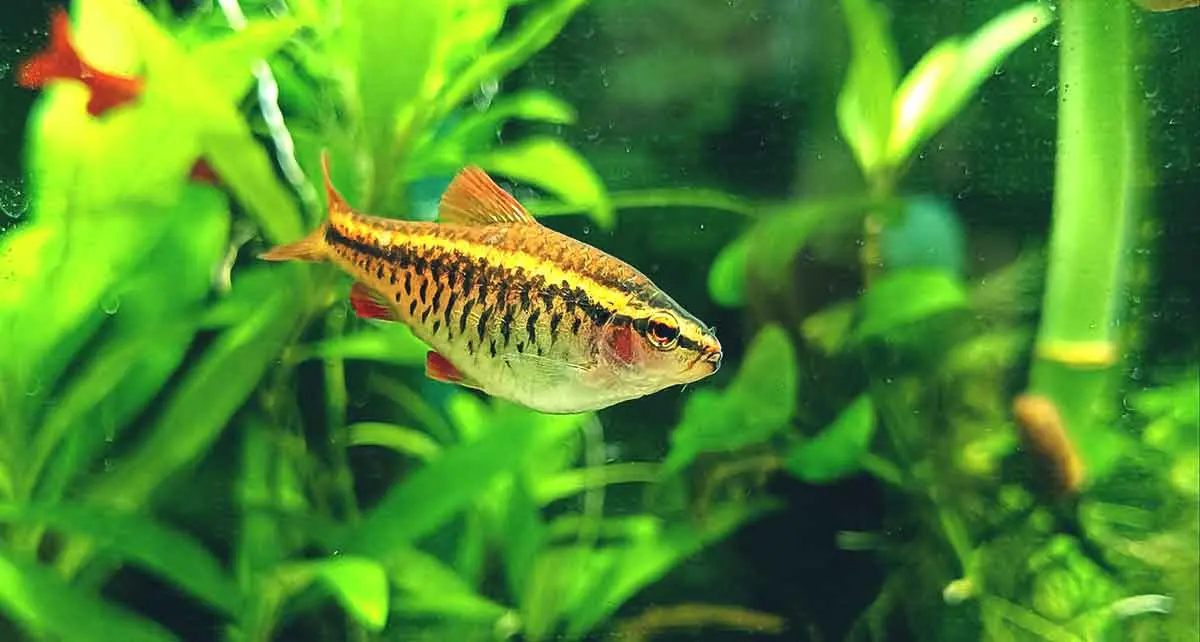
Replicating a fish's natural environment is ultimately the best way to keep them happy and healthy. Each fish species comes from a different habitat, and you must consider this when you set up a fish tank. Take the time to learn about where your fish comes from and recreate that landscape in the tank. Some fish live in rocky areas, while others like to forage from a soft floor surface. Keeping an aquarium is incredibly rewarding, and pet fish can impact human mental health, so it’s only fair we help them with theirs.
Providing fish with light also helps replicate their natural environment - each species has different lighting needs. Again, it depends on their natural habitat. Some fish have minimal light requirements, while others, such as tropical species, need UV lights in their tank. The aquarium lighting you choose should also suit the live plants in the tank. Even if light isn’t essential for your species, it’s the perfect way to brighten the aquarium and make it look pretty. You should never leave UV lights on for 24 hours a day. Like most creatures, fish need a dark period to rest and recuperate.
2. Provide Shelters and Hiding Places
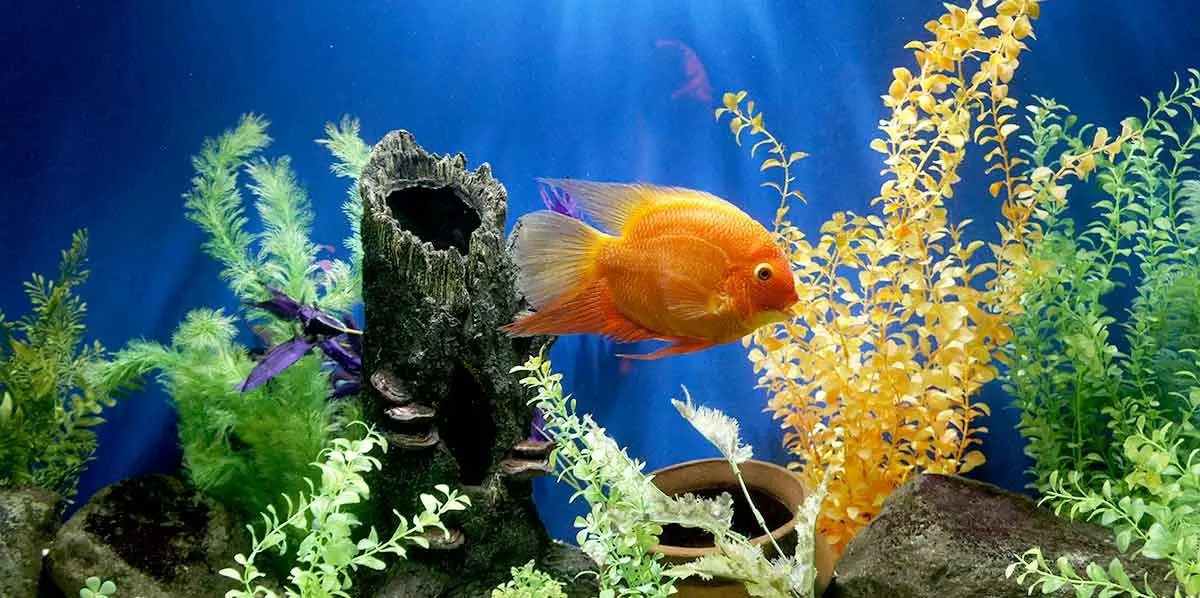
Whether you use a freshwater or saltwater aquarium, environmental enrichment is crucial, and you can improve a fish's well-being with shelters and hiding places. Shelters are essential if you have a shy species because they need a safe space to feel secure. The best way to reduce anxiety in an aquarium is by having plenty of hiding spots.
Many things make excellent fish shelters, including purpose-made decorative caves, coral reefs, and aquarium ornaments. You can also use rock formations, driftwood, or aquatic plants. Shelters and hiding places also boost the aesthetics of a tank, and you can get creative with the options available. When you choose shelters, make sure they are large enough so fish don't get trapped inside. You should also ensure they don't have sharp edges, which may cause injury.
3. Introduce Aquatic Plants
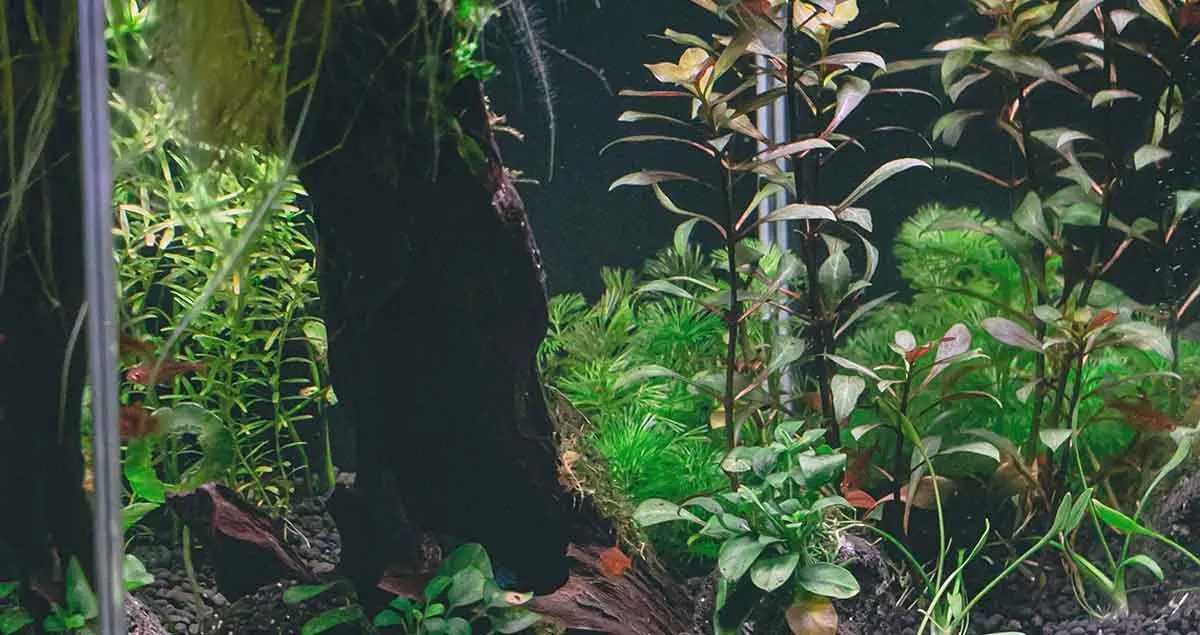
All fish love aquarium plants, and the smallest fish will especially appreciate the hiding space they provide. Plants are one of the best ways to recreate a fish’s natural environment, and you should choose ones depending on your species. Live plants are also good because they oxygenate the water and help keep it clean. They also provide shelter, spawning areas and dark, shaded areas where fish can relax.
Introducing live plants into an aquarium will increase your workload, but the benefits are worth it, and your fish will love you for it. You must regularly monitor and maintain live plants and consider their pH and substrate needs. Live aquarium plants are far superior to artificial plants, but you can use artificial plants if you don't want the extra commitment.
4. Feed Fish with Slow Feeding Toys
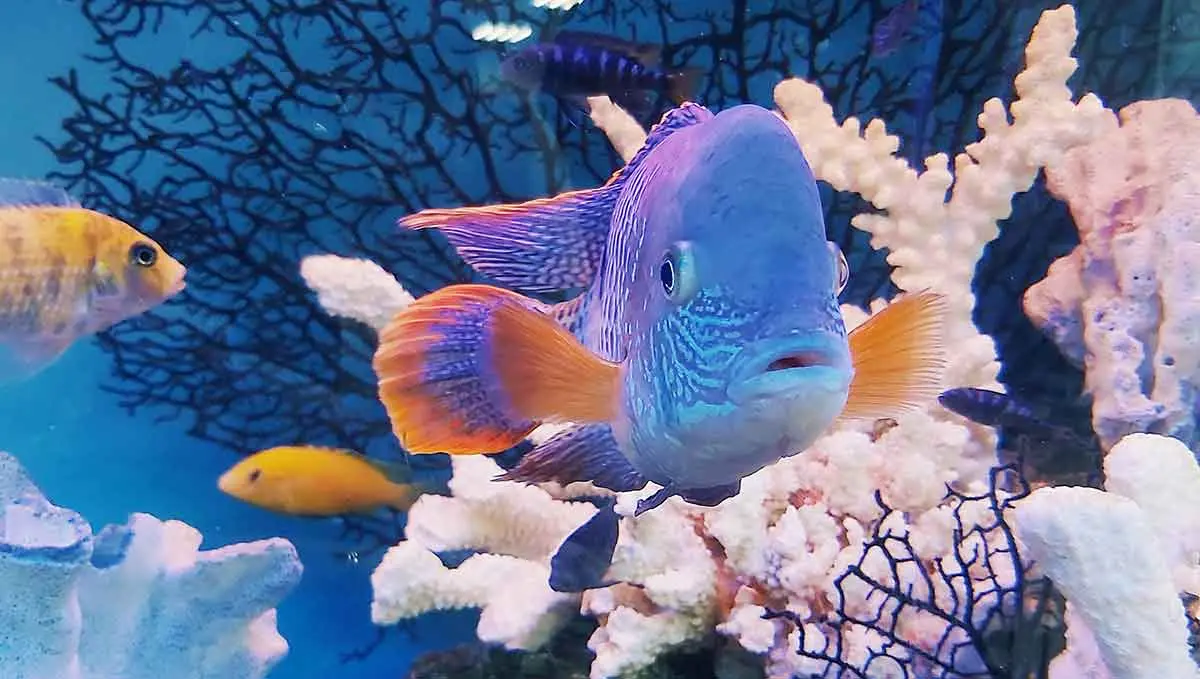
In the wild, fish like to forage and spend many hours grazing on food. Give fish interactive feeding toys instead of having a feeding frenzy once or twice daily to prevent boredom. Interactive feeding toys release food slowly, and fish must work out how to release it. Slow-feeding toys keep fish happy and occupied for many hours.
Examples of feeding toys include underwater mazes, which fish must navigate to get the reward at the end. You can also find toys such as balls, which fish must roll around to get the food out. There are many reasons why fish are fantastic pets, and watching them play with aquarium toys is just one reason why they are so entertaining.
You can also vary a fish’s diet to prevent boredom and give them occasional treats. Fish enjoy different flavors and textures and will get bored eating the same old daily pellets. Fish can enjoy freeze-dried or frozen kelp or algae, insects such as mealworms or krill and insect larvae, which you can buy at aquarium stores. They can also eat small amounts of fruit and vegetables, but you should limit treats to once or twice a week.
5. Give Them Aquarium Toys
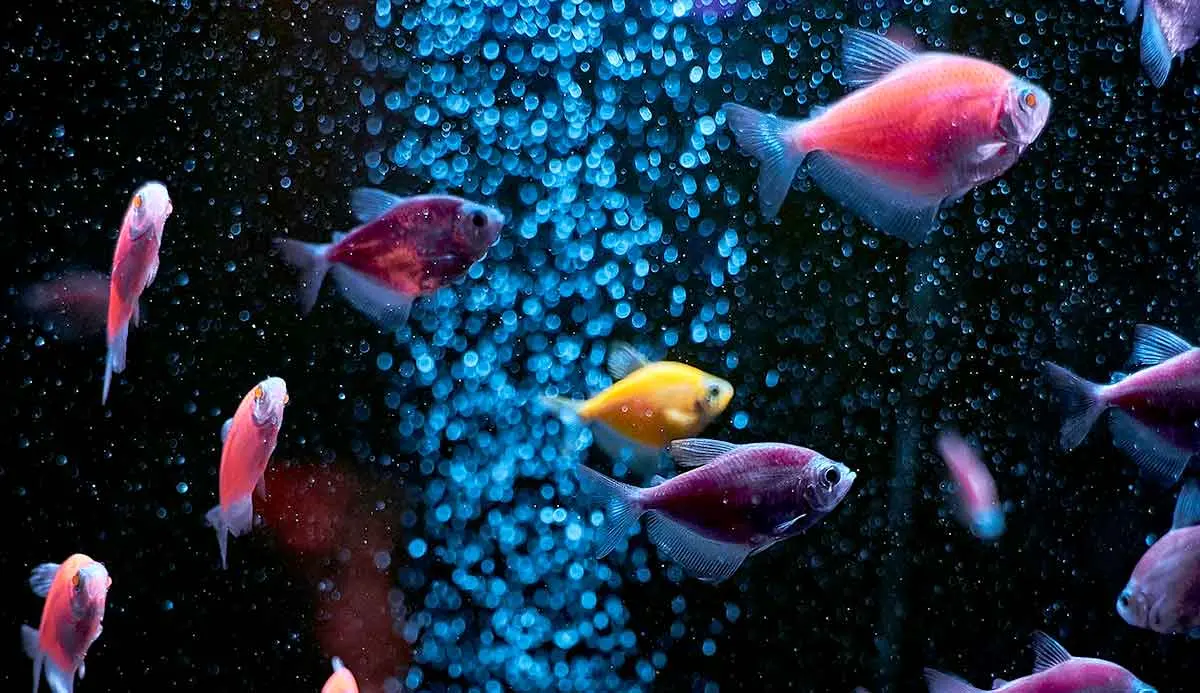
In addition to giving fish slow-release feeders to release boredom, you can also gift fish with aquarium toys. They are intelligent, emotional creatures, and fish can form bonds with humans, so it’s only right we provide them with entertainment. These days, there are loads of innovative fish toys to choose from that will enrich a fish's environment. Most fish love playing with floating toys, which they can bob on the surface or enjoy the regular bubble bursts from a bubble toy.
You can also make a feature for them to explore, such as a shipwreck. To keep them stimulated, change the feature every 4 to 6 weeks. Or add rocks and shells to the aquarium, but it’s better to choose purpose-made toys that fish won’t get trapped in.
You can add aquarium mirrors, but it's better if you don't use them as a long-term feature. Fish can become obsessive over their reflection because they think it is another fish. Alfa ones especially can become obsessed and incredibly stressed by their reflection. Remove mirrors if fish become fixated on them.
